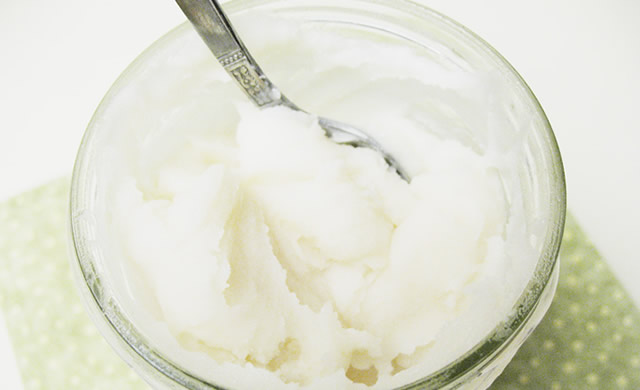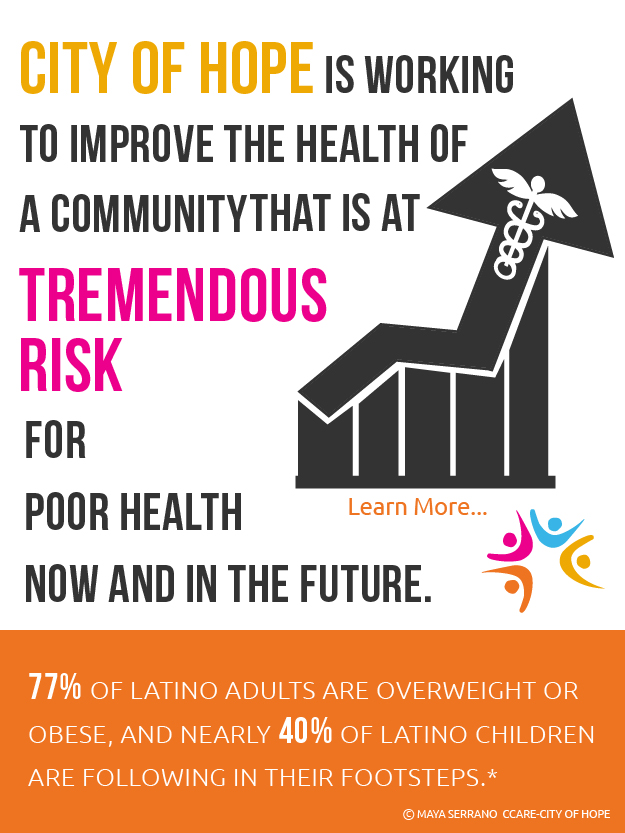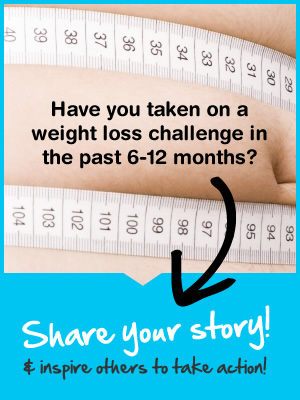
Goodbye Lard?
01/23/2014 04:07PM | 10816 viewsMany Hispanics use lard – pig fat – to flavor food, but is this a good thing?
Like most fats, lard gets a bad rep. But not all fats are created equal. Fats are a densely concentrated source of energy: gram-for-gram, they provide more than twice the calories as carbohydrates and proteins. Fats carry fat-soluble vitamins A, D, E and K; provide essential fatty acids that our bodies can’t make on their own; give foods their distinct and satisfying feel and taste; and contribute to the feeling of ‘fullness’ or satiety. Fats are necessary, but a little fat can go a long way!
Just a tablespoon of lard contains 115 calories, 5 grams of saturated fat, and 12 milligrams of cholesterol – and baking with lard or using it as a flavoring agent can take several tablespoons. In some respects though, lard is not the worst kind of fat you can consume: butter, beef tallow, palm oil, and coconut oil all contain more saturated fats and sodium than lard (which contains 0 mg of sodium). At the same time, vegetable oils do contain some vitamin A, E, and K. In short, the best solution is to choose a variety of food sources of fat to get a variety of benefits.
If you must use lard, choose minimally processed, high quality lard. Avoid the hydrogenated and highly processed kinds. Lard is often hydrogenated so it can be more stable at room temperature. Highly processed lard is treated with bleaching and deodorizing agents, emulsifiers, and food additives such as BHT. Hydrogenation and processing treatments make lard more consistent and prevent spoilage. Untreated lard must be refrigerated or frozen to prevent it from turning rancid, but this is the better option. Another tip: Fats stored just under the skin are lesssaturated and therefore softer than fats stored in the body core, such as leaf lard from pig kidneys or lard from back and belly fat.
Looking for a lard substitute?
- Flavoring. Opt for chicken or vegetable broth—the low sodium kind – when flavoring beans or sauces.
- Baking. For general baking purposes, use 7/8-cup vegetable oil instead of 1-cup lard.
- Sautéing. Try wine with a touch of olive oil.
Lard does taste good, and there is almost no substitute for its rich flavor. But there are now many tasty replacement options, and it has become a matter of breaking the lard habit and acquiring a new taste.
What is lard’s impact on health? The majority of recent studies on lard have been carried out on rats, so it can be difficult to interpret the findings for direct application to human health. Some studies suggest a diet high in lard may not exacerbate hypertension. Others suggest that, in the context of a high-fat diet, reducing overall fat from the diet or replacing lard with soybean oil may help alleviate obesity-related inflammation and insulin resistance. Yet other studies indicate that with high-fat diets, the specific sources of fats (e.g., vegetable oils or lard) did not appear to make a difference on markers of inflammation.
Goodbye Lard? That’s up to you. Saturated fats and cholesterol from lard may be associated with weight gain and increased risk of heart disease. But other foods in a balanced diet, especially plant foods, can compensate for this disadvantage. Being healthy is about living your life in balance. If your diet is balanced and not overly high in fat, a bit of lard may not hurt .
Sources:
U.S. National
Library of Medicine (www.nlm.nih.gov/medlineplus)
Harold McGee, On Food and Cooking: the Science and Lore of the Kitchen.
Vomhof-DeKrey EE,
et al. The Journal of Nutritional Biochemistry,
2012.
Myles I, et al. The Journal of Immunology, 2013.
Enns JE, et al. Prostaglandins, Leukotrienes, and Essential Fatty Acids,
2013.












Post your Comment
Please login or sign up to comment
Comments